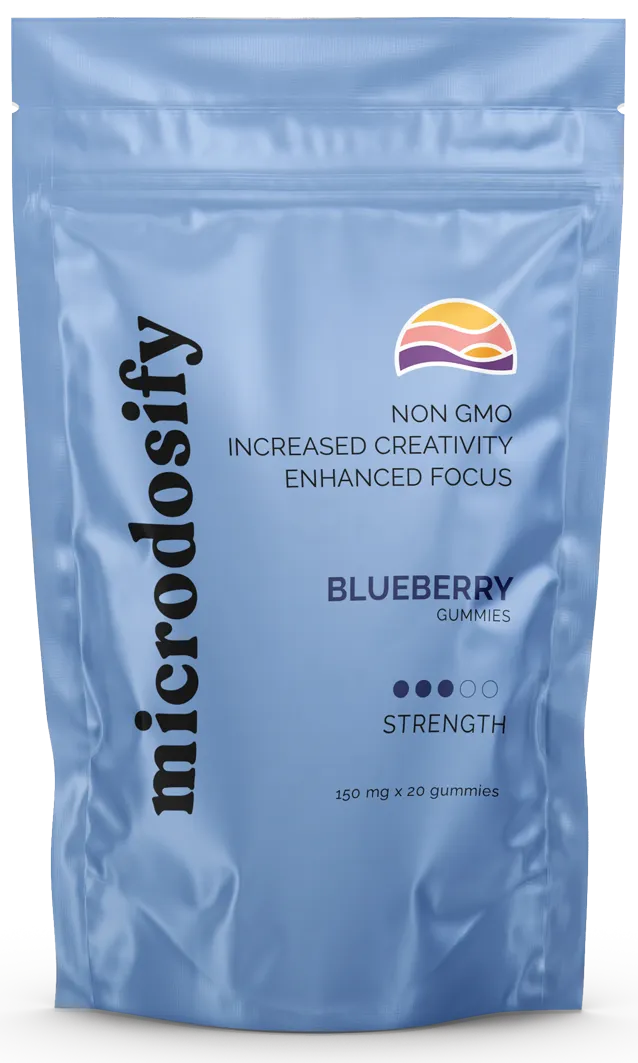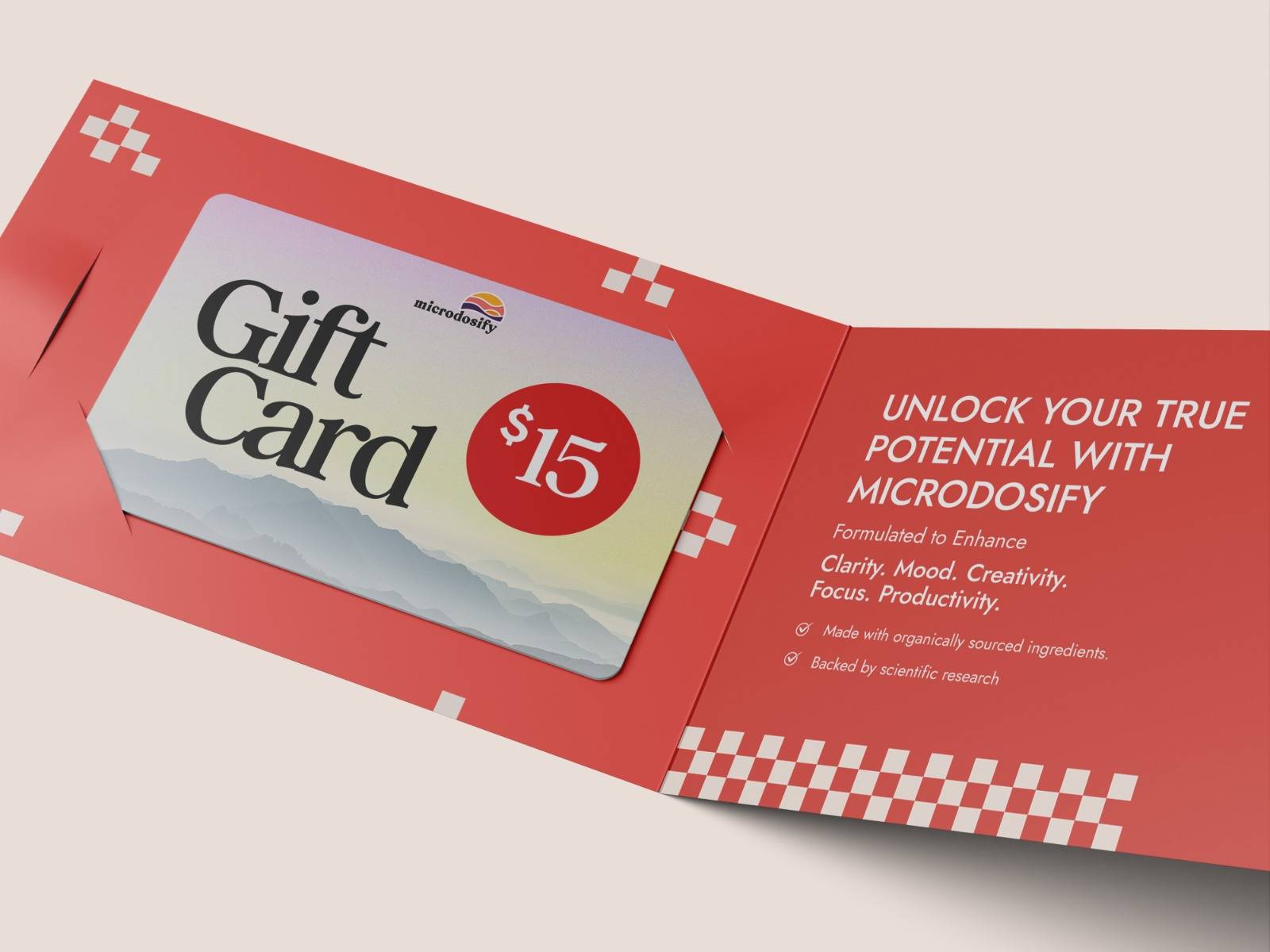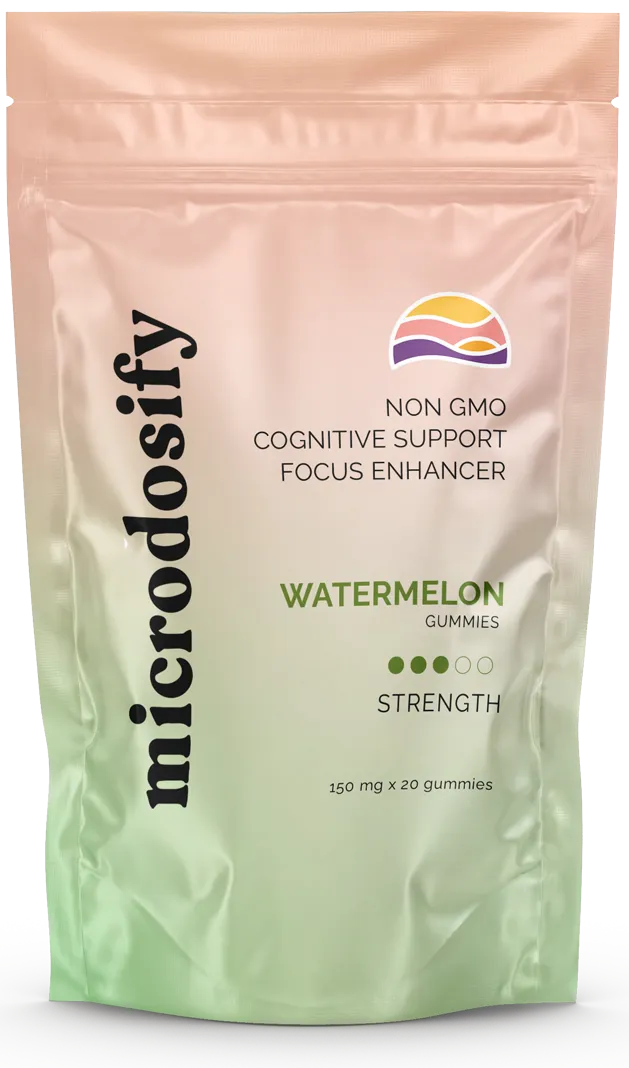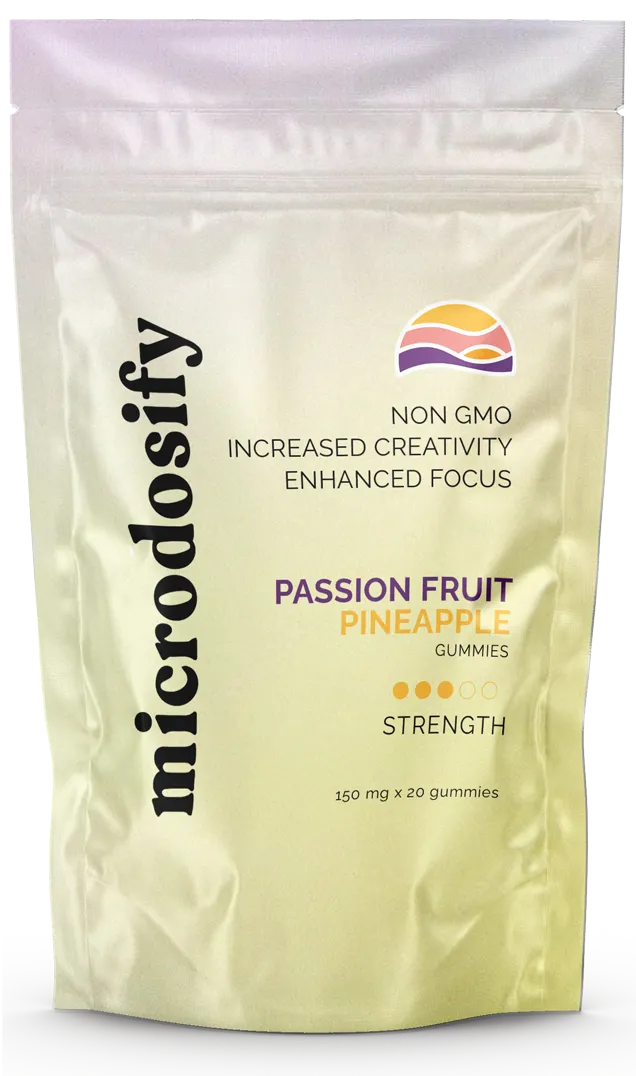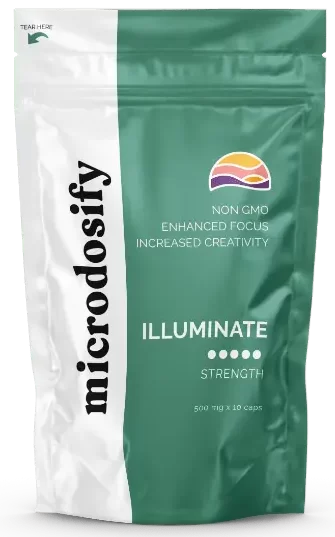Meet Chaga Mushroom: A powerhouse for your mind and body
Chaga mushroom, found on birch trees in cold regions like Northern Europe, Canada, Siberia, and Russia, is a unique non-psychoactive fungi.
Known for centuries in Russian and Northern European folk medicine, Chaga is packed with antioxidants, vitamins, and minerals which may offer anti-inflammatory and anti-cancer benefits. It’s often consumed as tea, extracts, or powder and has a slight earthy, vanilla flavor. While it’s popular for health and wellness, scientific studies are still exploring its full benefits.
In this guide, we’ll share a quick introduction to this super fungi, and you’ll learn exactly why it’s so beneficial for our minds and bodies. Let’s go!
What is Chaga Mushroom?
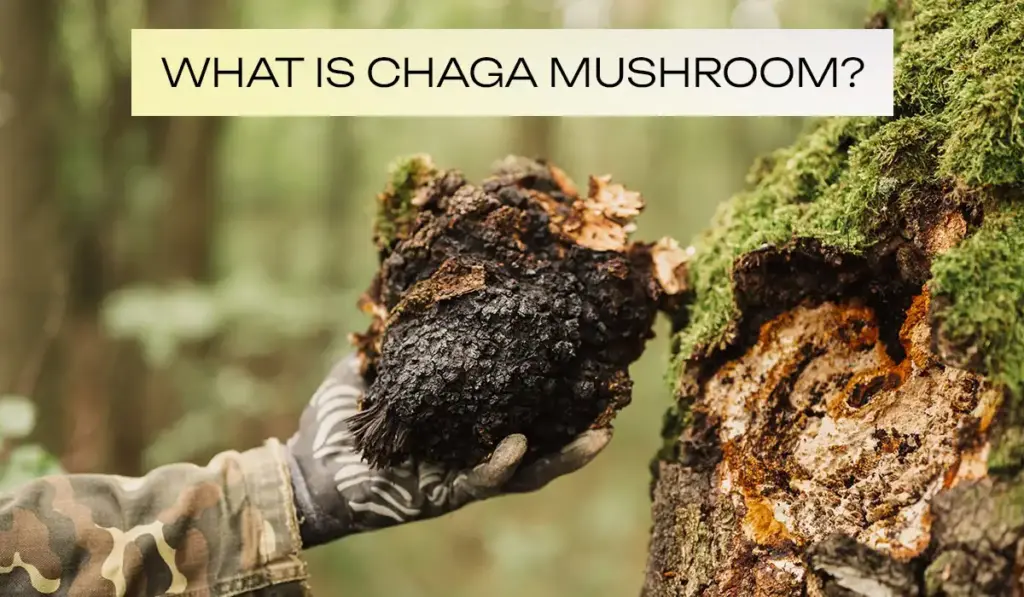
Chaga mushrooms have a distinctive appearance, making them fairly easy to identify:
Exterior:
- Color: Hard, black, charcoal-like surface, often cracked and irregular, resembling burnt wood.
- Texture: Rough, sometimes scaly, not soft or squishy like typical mushrooms.
Interior:
- Color: Golden-orange, cork-like interior, unlike the dark wood of tree burls.
- Texture: Woody, crumbly, requires some force to cut.
Location:
- Grows primarily on birch trees, especially in cold climates.
- Appears as a lump or mass protruding from the trunk or branches.
As Chaga mushrooms grow, their color changes. Initially, the inside is mostly brown with a little bit of gold. Over time, the gold color increases and the brown becomes less prominent.
Note: Identifying wild mushrooms accurately is crucial for safety. While these features point towards chaga, double-checking with a field guide or experienced forager is highly recommended before consuming any wild mushroom.
Common names
Chaga mushrooms are also known as Cinder Conk, Black Mass, Clinker Polypore, and Birch Canker Polypore. In Canada, they’re often referred to as Sterile Conk Trunk Rot of Birch. Descriptive, eh?
Find similar guides here: Ultimate Guide on Golden Teacher Mushrooms and Lion’s Mane Mushrooms.
Chaga Mushroom Effects on the Body
Chaga mushrooms can positively impact the body by influencing immune support, inflammation reduction, and heart health:
Enhanced Immune Function: Chaga mushrooms are reputed for their ability to fortify the immune system. By boosting immunity, they aid the body in its defense against infections and diseases, enhancing the body’s resilience and overall health.
Inflammation Reduction: Notably, Chaga possesses anti-inflammatory properties that could potentially be beneficial in alleviating symptoms associated with conditions like arthritis, although there is little research on its actual impact on arthritis.
Cardiovascular Support: Emerging research points to Chaga’s potential in promoting heart health. One of the notable findings is its capacity to decrease levels of LDL cholesterol, often referred to as “bad” cholesterol. By doing so, Chaga may play a role in lowering the risk of heart disease, contributing to a healthier cardiovascular system.
Effect of Chaga in your brain
While specific research on Chaga mushroom’s direct effects on the brain is limited, its general health properties may suggest potential benefits that could extend to brain health including antioxidant support, stress support, and reduction of amyloid proteins.
Antioxidant Support: Chaga’s high antioxidant content might help protect brain cells from oxidative stress, which is linked to neurodegenerative diseases like Alzheimer’s and Parkinson’s.
Stress Reduction: Chaga is considered an adaptogen, which means it could help the body manage stress more effectively. Reduced stress levels can lead to improved cognitive functions such as better focus and memory.Amyloid Protein Reduction: Preliminary studies suggest that Chaga might also play a role in reducing amyloid proteins, which are linked to the development of Alzheimer’s disease. By possibly influencing the accumulation of these proteins, Chaga could offer protective benefits against cognitive decline and neurodegenerative conditions, although more research is needed to fully understand this effect.
Chaga Mushroom Side Effects

While Chaga is not psychoactive, it does have a few potential risks and side effects:
- Digestive Issues: Excessive use of Chaga can cause digestive problems like diarrhea.
- Kidney Stones: Chaga does contain oxalates, which can contribute to kidney stones in people prone to them.
- Blood Thinning Medications: Chaga may affect blood clotting and should be avoided if you take blood thinners.
- Blood Sugar: Chaga may lower blood sugar levels, so people with diabetes or taking insulin medications should consult their doctor before using Chaga.
How to Consume Chaga Mushrooms
There are many ways to consume Chaga mushrooms, with many supplements readily available in most markets. Some of the most common ways to consume Chaga include:
- Tea: This is the most common method. Dried chaga chunks or powder are simmered in hot water for an extended period (usually 1-2 hours) to create a tea known for its earthy taste. You can add lemon, honey, or spices like ginger or cinnamon to enhance the flavor.
- Tincture: Chaga powder is soaked in alcohol and water for several weeks to extract its potential benefits. Tinctures offer a concentrated form of Chaga and are typically consumed in dropperfuls diluted in water or juice.
- Coffee Substitute: Some companies offer chaga mushroom coffee or chaga mushroom latte mixes. These often combine chaga powder with roasted coffee beans or other ingredients for a convenient way to potentially get a taste of chaga’s benefits alongside your morning coffee routine.
- Soup or Broth: Finely ground chaga powder can be added to soups or broths during the cooking process for a subtle earthy flavor and potential health benefits.
- Capsules/Powders: Supplement companies may offer Chaga in pre-measured capsules or powders. This can be a convenient option, but it’s important to choose a reputable brand and consult your doctor before starting any new supplements.
FAQs
Can chaga be eaten raw?
Yes, Chaga can be eaten raw, but it is consumed more as tea and other forms such as coffee and capsules.
What does Chaga taste like?
Chaga has a mild and woody taste.
Final Thoughts
Chaga mushroom grows on birch trees in cold regions and is valued for its health benefits, including boosting immunity, reducing inflammation, and potentially improving heart health. It’s consumed in various forms like tea, extracts, or powder and is known for its earthy flavor.
The mushroom is not psychoactive and has been used historically in Siberia and Northern Europe. Research suggests Chaga may also support brain health by protecting against oxidative stress and reducing amyloid proteins, although more studies are needed.
Sources
- “Inonotus obliquus (Ach. ex Pers.) Pilát 1942”. MycoBank. International Mycological Association. Retrieved 11 October 2011.
- Meuninck, Jim (2017). Foraging Mushrooms Oregon: Finding, Identifying, and Preparing Edible Wild Mushrooms. Falcon Guides
- What Are Chaga Mushrooms and Are They Healthy? by Mary Jane Brown, PhD, RD(UK), updated on July 17, 2023
- Can You Use Mushrooms For Brain Health? by Cole, W, (2023, June 28)
- Kolotushkina EV, et al. (2003). The influence of Hericium erinaceus extract onmyelination process in vitro, https://www.ncbi.nlm.nih.gov/pubmed/12675022

By Rachel Grey
I’m Rachel Grey, a Ph.D. psychologist specializing in psychedelic therapy with psilocybin and natural plant medicines. I obtained my doctorate from the University of Toronto, where I immersed myself in the study of these transformative therapies. With over 10 years of experience, let’s embark on transformative journeys of healing, growth, and self-discovery as we explore the power of psychedelic therapy together.




